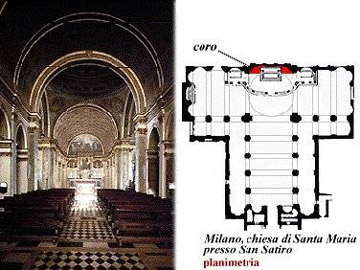British artist, Julian Beever, must be the most popular public art on the Internet. At least once every two months, a family member, friend or associate sends me a set of his street chalk drawings. I politely reply “Thank you.”
Julian Beever, Sidewalk Chalk Drawing on High Street, London, UK Date Unknown
Beever’s fans always describe the illusions as “amazing!” with the exclamation mark. Not a single fan has seen the drawings in person. The amazement is the technical illusion of holes in the ground and things in the air. To achieve the illusion, Beever must elongate the image across great distances of the pavement. Only in this way can the out stretched leg cut across the background of the visual field as though it was in the air, instead of drawn on the ground. Not every type image will work. Beever does know what he is doing.
Beever’s perspective is the revival of perspective caused by the camera. In fact, you can see the camera in the second image that he must use to do the drawing and take the pictures filling up my mailbox.
Beever on High Street with Camera and Bruneleschi’s Prespective System.
Perspective, as developed by Filippo Brunelleschi around 1410 in Italy, is a mathematicians trick and really quite strange. It depends 100% on the tiny, finite viewing point and the tiny, infinite vanishing point (or points). The world in front of the person is drawn on a flat surface as though the eye of the person never moved during the creation. That is why Brunelleschi used a tiny hole to make his view. This process was imagined without a camera and photograph that has the same effect. He must have had to convince himself and others that it looked like reality. Or like the Ottomans never achieved, convince themselves that the role of painting was to replicate reality instead of the vision of god.
The strange part of perspective is how little it is used in its pure mathematical form. In the Della Francesca 1474 painting, the mathematics creates a forced and stiff vision that does not relate to the human memory build up as a moving body instead of the static eye of perspective. The stuff that is called perspective is actual very loose and manipulated by the artist to make the painting more realistic. Fuzzy math.
Della Francesca, 1474 and Felice Varini, 2003
Today, two artists are exploring perspective in reverse. Felice Varini and Georges Rousse paint the world to prepare it for a vision in perspective. I assume that both artists develop the project by overlaying simple geometric shapes or lines on a photograph. All the work on the web appears to be rather uninspiring photoshopped images by any amateur, but the relationship to the history of perspective and the camera interests me.
Felice Varini, 1986 and Georges Rousse, 2006
The artists paint color over the walls, ceilings, floors, windows, railings, desks… such the viewer or camera in one perfect place can witness the colored surfaces merging into a perfect geometric shape or shapes. As the head or camera moves a tiny bit, the perfection is lost.

Donato Bramante, Santa Maria presso San Satiro, Milan, IT 1486
In these works, the perspective is drawn by the artist and the viewer must find the place in space to make the mathematics work. In the open spaces of Varini and Rousse, the body moves in response to the mental imagine of perfect geometry. This is different from Bramante’s use of the perspective painting to complete the choir behind the alter at Santa Maria presso San Satiro, 1486, and the Palladio/Scamozzi collaboration of vanishing streets in the Teatro Olympio, 1585. In both these audience fills the church or theater in perfect linear relationship to the illusion. The body does not adjust to the perspective. Borromini’s alcove, 1632, at Palazzo Spada requires some bodily adjustment to setup the illusion that the sculpture is full human scale.
Vincenzo Scamozzi, Teatro Olimpico Stage Set, Vicenza, IT 1585
Building designed by Andrea Palladio
Carlos Borromini, Palazzo Spada Alcove, Rome, II 1632
Optical illusion of a gallery 37 meters long (it is 8 meters) with a lifesize sculpture in daylight beyond: the sculpture is 60 cm high.
Who cares about this fun house game? Is it any different from the crazy room where the water appears to run uphill or the house of mirrors where the viewer moves to see different arrangements of the infinitely repeating self?
Answer in the next essay for Varini and Rousse are quite different on this point because Varini creates for the installation FOR the space and Rousse FOR the photograph. In the next entry, I will deal with these two contemporary artists doing exactly the same thing. In the American world, Varini should be suing Rousse on grounds of intellectual copyright infringement. But this is a perfect test case for the future of vernacular art.
Felice Varini, Cardiff Bay Barrage, Wales. UK 2007
Georges Rousse, Installations in Durham, North Carolina, US, 2006
SPECIAL THANKS to A. Dabusti and M.Lagomarsini for the drawings on perspective at from the Istituto Maserati.
Digg it……. Save to Del.icio.us ……. Save to Technorati

Weird stuff. I promise to not send you any pictures of elongated legs… drawn anyway.
You`ve really kept this well updated, I`ll have to find some time to go through it all and pretend to understand. Good work though.